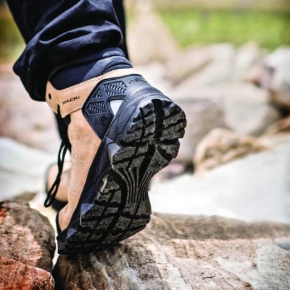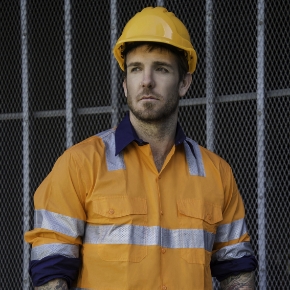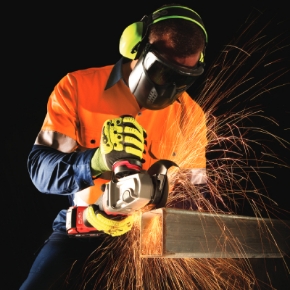
Originally published by the Australian Institute of Health & Safety
There has been a 56 per cent increase in workers’ compensation claims for assaults and exposure to workplace violence since 2017-18, according to a recent Safe Work Australia report.
It found that there were 53,139 accepted workers’ compensation claims for being assaulted and 12,721 accepted claims for exposure to workplace or occupational violence over the past 10 years.
From 2017-18 to 2021-22, the report said there was a distinct increase in the number of serious workers’ compensation claims (involving at least one week away from work) for workplace violence and assault.
In terms of the highest injury types from being assaulted or exposure to workplace violence, which included mental health conditions, traumatic joint/ligament and muscle/tendon injury, wounds, lacerations, amputations and internal organ damage, fractures, and musculoskeletal and connective tissue diseases.
The Workplace and work-related violence and aggression in Australia report is based on data from Safe Work Australia’s workers’ compensation claims data, as well as data from the Australian Bureau of Statistics (ABS) Personal Safety Survey (PSS) and the People at Work (PAW) Survey – supplemented by several occupation- and industry-specific surveys, and international survey sources.
The report said there have been 176,100 workplace incidents that occurred in the past 10 years, with physical violence more likely to occur in a workplace setting than sexual violence.
The public administration and safety, and health care and social assistance industries feature prominently as two sectors in workers’ compensation claims for being assaulted or exposure to workplace or occupational violence.
Despite the ABS PSS indicating workplace physical violence is a significant issue among men, there has been a 73 per cent increase in claims made by women compared to a 33 per cent increase in claims made by men over the past 10 years. |
“More research is required to uncover the factors behind these trends, which may include the quality of workplace control measures to manage exposures to violence and aggression, access to workers’ compensation, propensity to make a claim, the type or frequency of violence experienced, the injury severity, support from employers following the exposure, and the interaction with other psychosocial hazards,” the report said.
“It is equally important to consider the underlying structural features and hazards profile that give rise to the disproportionate impact on certain workers.”
In terms of women’s experience of work-related physical violence (since the age of 15), the highest number of incidents involved a physical assault by a male client/patient/customer, followed by a physical assault by a male co-worker, physical violence by a male client/patient/customer and physical violence by a female client/patient/customer.
“Employers and PCBUs should be talking to workers about these hazards and implementing effective and reliable control measures to prevent and respond to violence and aggression by others at the workplace,” the report said.
The highest incidence behaviours of workplace violence were ‘angry or hostile behaviour’, ‘shouting and swearing’ and ‘intimidation and insults’.
“Though these harmful behaviours are lower severity than other violent behaviours, they can still represent significant workplace risks to workers, particularly if they are prolonged or frequent,” the report said.












































































